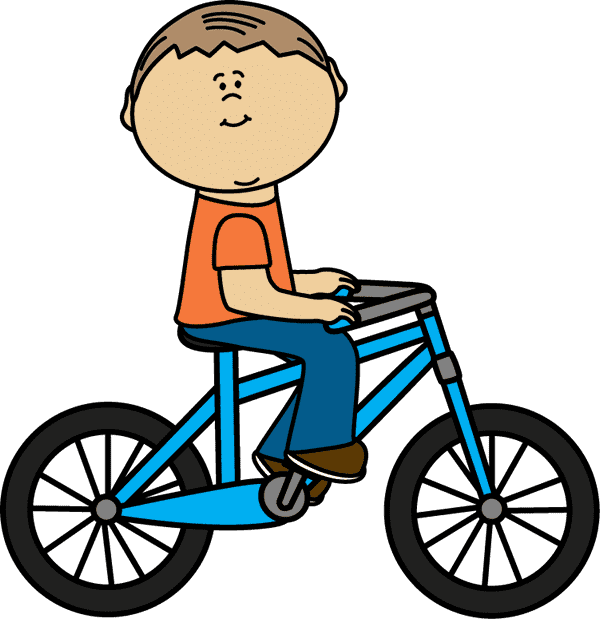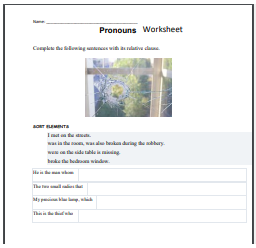Contents
What is a pronoun?
A pronoun is a word that takes the place of a noun, a group of words acting as a noun, or another pronoun. The word or group of words a pronoun refers is called its antecedent.
Example: Martin got hurt when he [Martin] fell down the steps.
The pronoun [he] takes the place of the noun [Martin], its antecedent.
Here is a list of common personal pronouns.

When we replace the some nouns for pronouns, sentences are easier to read.
Example:
Phillip Padmore was born in Panama, but Phillip Padmore grew up in Puerto Rico. That is how Phillip Padmore came to know Patricia Preston. Patricia Preston also grew up in Puerto Rico.
Phillip Padmore was born in Panama, but he grew up in Puerto Rico. That is how he came to know Patricia Preston. She also grew up in Puerto Rico.
A possessive pronoun tells us who something belongs to.
These are examples of possessive pronouns. Here are some other common possessive pronouns: mine, your, her, its, our, our, their, their.
Possessive Pronouns Exercise
Change the following possessive form of Nouns to the possessive form of Pronouns.
The boy’s kite is flying in the sky.
The country’s flag is flying high on the pole.
Is he Juliet’s brother?
My mother’s cooking is the best.
Pronouns may be singular or plural as well. Observe the use of the first, second and third person pronouns in the following sentences.
First Person Pronouns
When we write about ourselves we use first person pronouns.
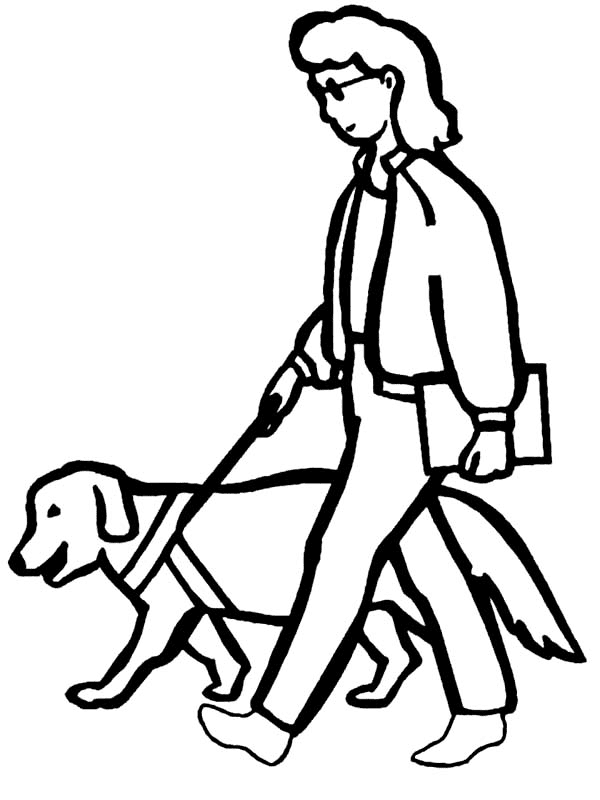
Example: I am taking Sam for a walk after lunch. We are going to the park.
First person pronouns:
This is written with the first person pronoun. Singular first person pronouns are I, me my and mine. Plural first person pronouns are we, us, our and ours.
Second Person Pronouns
When we write about others we use second person pronouns.
This is written with the second person pronoun. Pronouns you, your, and yours are used either singular or plural.
Third Person Pronoun
When we write about others we use third person pronouns.
The two sentences above are written with the third person pronoun. Singular third person pronouns are he, him, his, she, her, hers, it and its. The plural third person pronouns are they and them.
Activity 1: Help make the following sentences easier to understand. Use the correct pronouns.
- My friend broke his hand and they carried him to the hospital.
- Our aunt is visiting soon, she picked her up at the airport.
- Mike is running fast, they all stopped to give him water.
Reflexive and Intensive Pronouns
Reflexive and intensive pronouns are made when –self or –selves are added to the personal and possessive pronouns.
Reflexive pronouns refers back to the subject.
Example: We consider ourselves lucky to always get time to go to the park.
The reflexive pronoun [ourselves] refer back to the subject [we].
The Intensive or Emphatic Pronoun is often placed directly after its antecedent.
Example: I myself always walk Sam to the park. OR I always walk Sam to the park myself.
Some Rules for reflexive and intensive pronouns:
- Don’t use hisself, theirself or theirselves. They are incorrect.
- Use a reflexive pronoun when a pronoun refers to the subject of the sentence; not to take the place of the subject.
Examples:
Incorrect: My students theirselves planted the trees in the garden.
Correct: My students themselves planted the trees in the garden.
Incorrect: Deliver the newspapers to Mr. Joseph or myself, please.
Correct: Deliver the newpapers to Mr. Joseph or me, please.
Incorrect: Sam and me will walk to the park.
Correct: Sam and I will walk to the park.
DEMONSTRATIVE PRONOUNS
Demonstrative pronouns point to a specific person, place, thing, or idea. Demonstrative pronouns can be singular or plural.
Singular: this, that Plural: these, those

FORMS OF PERSONAL PRONOUNS:
The personal pronouns have three cases, or forms: nominative, objective and possessive.
You select one depending on the pronoun’s function in a sentence.
Use the nominative case: I, you, she, he, it, we, you, they for a personal pronoun in a compound subject.
Example: Sam and I went to the park. He and I would be in the park for the afternoon.
Also, use the nominative case for a personal pronoun after a linking verb.
Example: Sam thinks the best walker is I.
Use the objective case: me, you, her, him, it, us, you, them for a personal pronoun in a compound object.
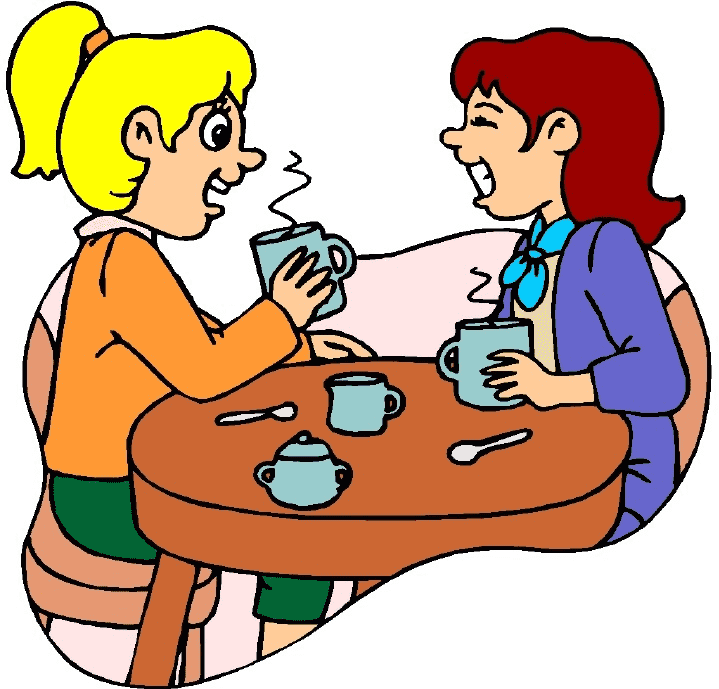
Example: For Patrice and me, there was mint tea.
Example: The waitress brought them sugar.
Possessive Pronouns: my, mine, your, yours, her, hers, his, its, our, ours, your, yours, their, their replaces possessive nouns. Never spell possessive pronouns with apostrophes.
Example: The cups of mint tea are theirs.
Example: This is yours.
Don’t confuse the contraction of it’s [it is or it has] for the possessive its.
Possessive pronouns can be used as a noun before the –ing gerunds.
Example: I always enjoy your cooking.
Here is a wonderful song on pronouns.
RELATIVE PRONOUNS
Relative pronouns is used to join a clause or phrase to a noun or pronoun. They are commonly: who, whom, whose, which, that.
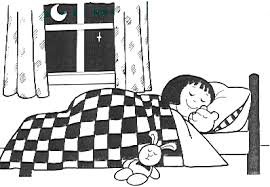
Who and Whom refers to persons. Whom is used when the person is the object pronoun.
This is the girl who likes to sleep with her teddy bear.
The girl whom we met yesterday is fast asleep.

Which and That are used to refer to animals and things.
My new cup which I bought yesterday is now broken.
Micheal said that he was deeply sorry about the broken cup.

Whose, is used to show ownership; Where is used for places.
The girl whose cup is full of mud will soon bathe?
The ground, where the girl sat is now very muddy.
WORKSHEETS
Click here for more worksheets.


